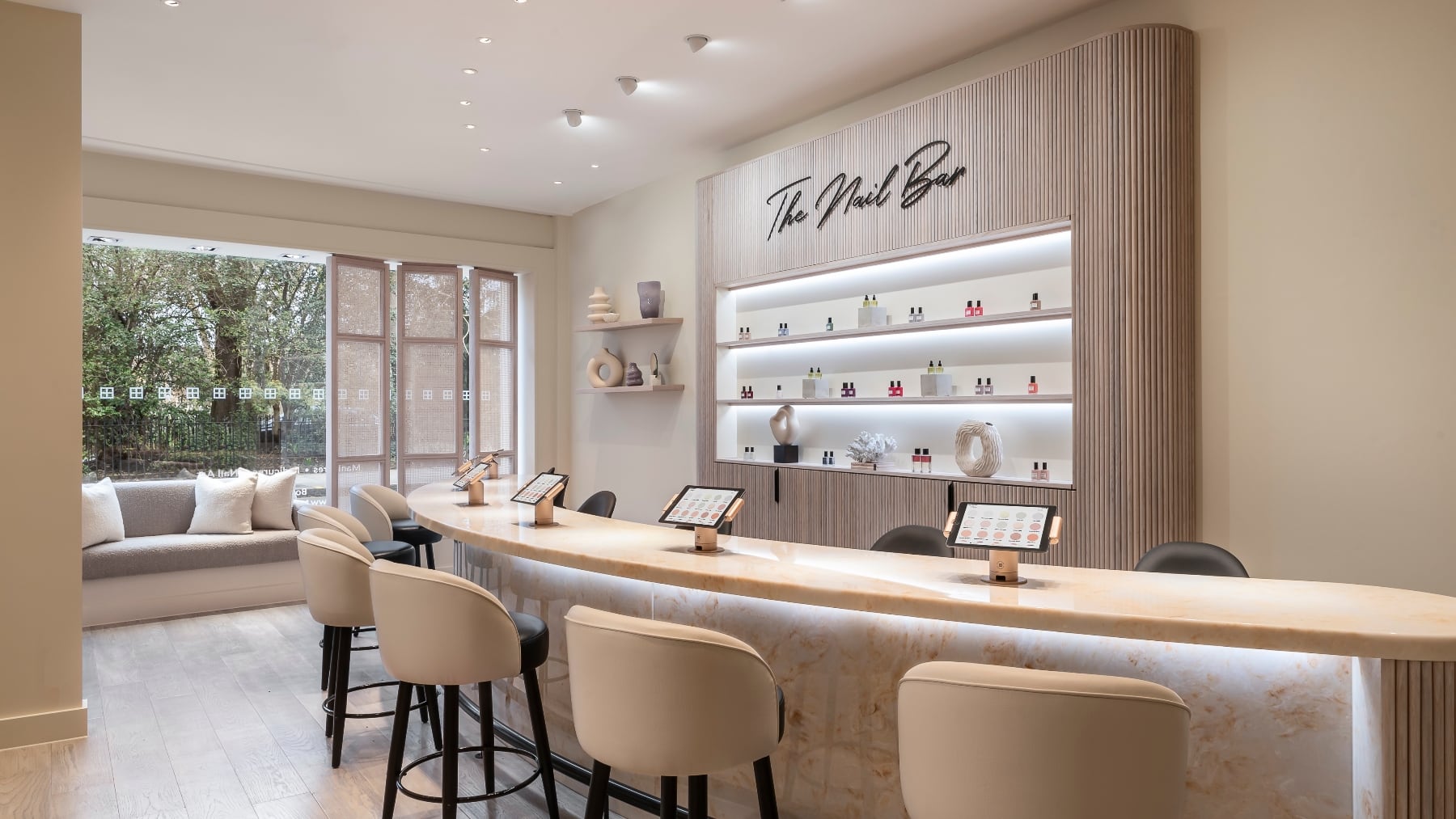
To grow their businesses, beauty brands are borrowing from the fast food playbook.
A number of beauty start-ups are expanding their brick-and-mortar offerings through franchising — where businesses licence their names to entrepreneurs that operate their businesses independently — a method that has helped chains like McDonald’s and Burger King become global powerhouses. Nail polish maker MiniLuxe, London-based high-end nail salon Townhouse and airbrush tanning provider Pure Glow are all set to open a slate of new franchise locations in the next year.
Franchising is not a new phenomenon in beauty. Hair salon chain Drybar, fragrance seller L’Occitane en Provence and clean beauty brand Aveda are a few that have operated under the model for years. It’s an option that’s becoming more attractive. Opening brick-and-mortar shops is costly, but can spur growth. Franchising offers a way to do so without fronting the entire bill.
“In an environment where the cost of capital is high, and it’s become more difficult for brands to get financing from venture capital or private equity, [franchising] is a cost efficient way to quickly scale because other people are doing the work for you,” said Oleg Isakov, a principal in the consumer practice at management consulting firm Kearney.
In beauty, however, franchising’s challenges threaten to outweigh its benefits. Each location in a franchise is run independently, meaning the ability or desire to offer high-level service isn’t as uniform as it is with brand owned and operated outposts. (Drybar, for example, has attracted complaints of inconsistent service across salons on TikTok.) Brands can also find themselves at odds with franchisees if the latter feels they weren’t equipped with the right tools to run their businesses. Franchisees for Laser Clinics Australia, a hair removal provider, have accused the company of controlling equipment prices and excessive discounting in their owned channels that impacts franchise locations.
Embracing franchising inevitably means making peace with a loss of total control. But experimenting brands are hedging their bets by forging partnerships with established franchisees, taking a hands-on approach to marketing and avoiding over-expansion.
“Franchising the brand obviously allows us to accelerate our growth and to reach that vision a lot quicker,” said Candice Nesbitt, director of franchising at Townhouse. “It opens up an opportunity for us to partner with very experienced operators who are very knowledgeable … and who have loads of experience in the territories that they operate in.”
Managing Complexities
A major pitfall of franchising is the risk involved with giving up control of a retail location to an outside operator — if it doesn’t run smoothly, it can damage the brand’s reputation in that market. That danger is even more pronounced for start-ups that may lack the infrastructure to uniformly train staffers across franchise locations, and conduct corporate visits to confirm protocols are being followed.
“You’re inheriting a gob of partners that you need to train and enforce the fact that they are living up to the standard of the brand,” said Scott Markman, founder and president of branding agency MonogramGroup, which works with brands that franchise. “What it does is it sets up the franchisee to need to be trained and educated on what makes the brand, how to deliver it and how not to screw it up.”
Vetting franchise partners — and choosing those with a proven track record — is a necessary first step. Townhouse is selecting partners that have a history of operating anywhere from 10 to 100 franchises, with the expectation that they can more easily adopt the same processes and treatments the brand has in place in its 40 existing salons, such as custom manicures.
“We’re not looking for a single unit operator,” Nesbitt added. “We’ve had so much interest from really great sizable operators that we just don’t have to go down that road.” Townhouse is planning to open at least four locations by the end of the year, with a goal of having 60 franchises in the next 12 to 18 months, Nesbitt said.
But even once they’ve identified the right partners, to ensure success, brands also have to equip them with the right tools to acquire new clients and maintain relationships with existing ones. MiniLuxe puts at least $20,000 of a franchisee’s initial investment — which ranges from $548,000 to $925,000 — into a marketing fund. That money goes toward events and digital and direct mail advertisements, as well promotions like buy one, get one free.
The 17-year-old company will also equip franchisees with the same software system it uses in its owned and operated salons to track clients and reach out to those who haven’t booked appointments in the past 30 days, said Elizabeth Lorber, MiniLuxe’s chief commercial officer.
“The main success driver is good branding and marketing because that is the reason why a franchisee is buying the rights to your brand,” Isakov said. “It needs to be a brand that is viable and sustainable over a long period of time.”
Reaping the Costs Benefits
The primary benefit that franchising brings is financial: It’s much cheaper to share the costs of opening a brick-and-mortar location, even if it means sharing the sales, too.
But brands become overzealous about the cost savings, signing on more franchisees and opening more outposts than they can manage.
“Some franchisors are pretty quick to say yes to opening new locations because it always looks like an incremental revenue,” Isakov said. “You’re opening too many stores too quickly or in the wrong locations because you want to get that money quickly and you don’t have the risk because it’s not your money.”
For that reason, brands should take a more measured approach when it comes to opening locations. For instance, tanning provider Pure Glow will open a modest 10 locations over the next year; each will be around 600 to 1,100 square feet and cost between $435,000 and $711,000, said Lauren Rampello Becotte, Pure Glow’s founder and chief executive.
“We don’t need a lot of space to accomplish our goal and be profitable,” Becotte said.



